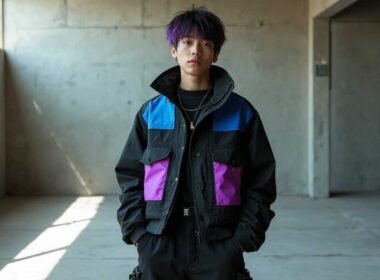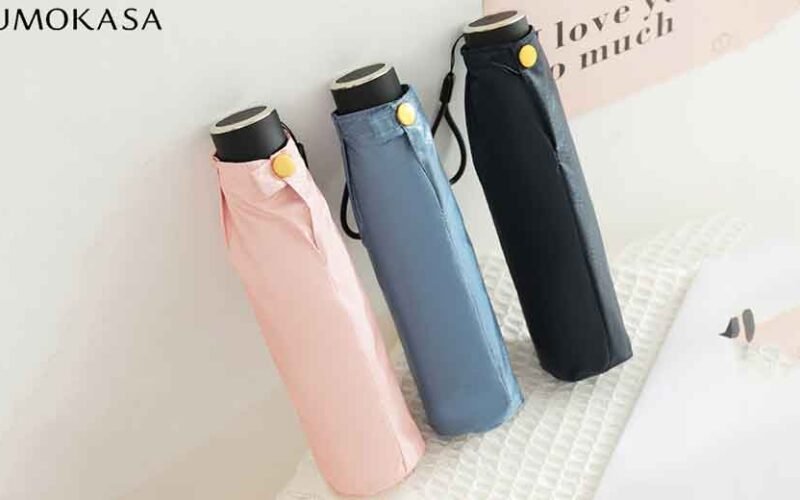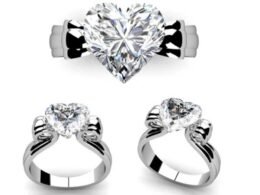In the vibrant world of fashion, Japan has always stood out—not just for bold streetwear or avant-garde runway looks, but for how everyday items are elevated into statements of elegance and culture. One such item, often overlooked in the West but cherished in Japan, is the parasol. More than just a sunshade, the 日本のパラソル is a cultural icon, a symbol of grace, and a surprisingly powerful element of personal style.
The Historical Roots of Parasol Culture in Japan
Japan’s relationship with parasols dates back centuries. During the Edo period (1603–1868), umbrellas and parasols were considered luxury items used by samurai families, geisha, and aristocrats. Often made from bamboo and washi paper, traditional wagasa (Japanese-style umbrellas) were handcrafted with meticulous care, and many were dyed in stunning colors or hand-painted with delicate motifs.
While these traditional parasols were once used for both rain and sun protection, their presence gradually became more ceremonial and symbolic—often featured in tea ceremonies, weddings, and stage performances like kabuki and traditional dances. Even today, wagasa remain an emblem of refined Japanese aesthetics, frequently seen in heritage districts like Kyoto or during festivals.
However, as modern life evolved and Western-style umbrellas gained popularity, Japan didn’t abandon its love of parasols. Instead, the nation adapted and innovated—infusing practical function with fashion-forward design.
Parasols as Fashion Statements in Modern Japan
In contemporary Japan, parasols have taken on a new life. Unlike their purely decorative ancestors, today’s parasols are engineered to block UV rays, shield against heat, and often offer water resistance. But far from being bland or purely utilitarian, these parasols are designed with an unmistakable Japanese flair for beauty and subtlety.
Fashion-conscious individuals, especially women, use parasols not only as tools for sun protection but as coordinated accessories. A parasol can complement an outfit just as a handbag or scarf would. From delicate lace trimmings and floral embroidery to sleek minimalism in monochrome shades, the diversity of styles available caters to nearly every aesthetic—from romantic and vintage to urban and modern.
In summer, it’s common to see parasols incorporated into daily street fashion. Whether it’s a woman wearing a yukata during a summer festival or a commuter in a crisp linen dress walking to the station, the parasol adds both practicality and polish. In fact, a thoughtfully chosen parasol can be the final touch that elevates an outfit from simple to chic.
Japan’s Unique Approach to UV Protection
One reason parasols are so well-integrated into Japanese fashion is Japan’s unique cultural emphasis on UV protection. Unlike in countries where sun-kissed skin is considered desirable, in Japan, fair skin is traditionally associated with beauty, cleanliness, and even social refinement. This has led to a robust market of skincare, clothing, and accessories designed to minimize sun exposure.
The parasol stands at the top of this hierarchy—not only because it’s effective, but because it’s elegant. Japanese women of all ages carry parasols as part of their summer wardrobe, treating it as second nature. Some even own multiple parasols for different occasions: one for daily errands, one for formal events, and another to match specific seasonal outfits.
This integration of sun protection into fashion speaks to a broader Japanese philosophy—where beauty and practicality are never mutually exclusive, but rather, mutually reinforcing.
The Rise of the 100% UV-blocking parasol: Function Meets Perfection
In recent years, a particular kind of parasol has taken center stage in Japanese fashion: the 完全遮光日傘, or “completely light-blocking parasol.” Engineered to block 100% of UV rays, visible light, and even infrared radiation, this parasol goes beyond style—it offers scientific-level protection.
Brands in Japan have responded to growing consumer demand with models that combine cutting-edge sun-blocking materials with elegant, fashion-forward designs. These parasols often fold compactly, making them easy to carry in a handbag. Some feature UV-cut linings, ergonomic curved handles, and high-quality fabrics that don’t fade easily under the sun. With these advancements, the parasol has become not only a must-have item for sun protection but also a centerpiece of summertime fashion.
What’s particularly striking is that even high-tech parasols in Japan rarely look clinical or utilitarian. Instead, they embrace details—subtle patterns, soft textures, seasonal colors—that speak to individual taste and personal care. They reflect a society where protecting yourself from the elements is not seen as a chore but an opportunity for self-expression.
A Symbol of Grace in Everyday Life
In the crowded crosswalks of Tokyo or the tranquil paths of a Kyoto garden, the parasol becomes more than an accessory. It represents an intentional way of living—one that values harmony with the environment, care for the body, and appreciation for beauty in daily life.
This quiet elegance is particularly visible among mothers, older women, and young professionals alike. Carrying a parasol signals mindfulness: about health, about appearance, and about presence. It’s a detail that transforms a hurried commute into a graceful procession and turns an ordinary summer day into something poetic.
In a fast-paced world dominated by screen time and synthetic trends, the parasol remains a gentle reminder of tactile elegance and thoughtful fashion. Japan, in its uniquely harmonious way, shows us that even the most practical objects can carry profound beauty—and that sometimes, the smallest shade can cast the biggest impression.










